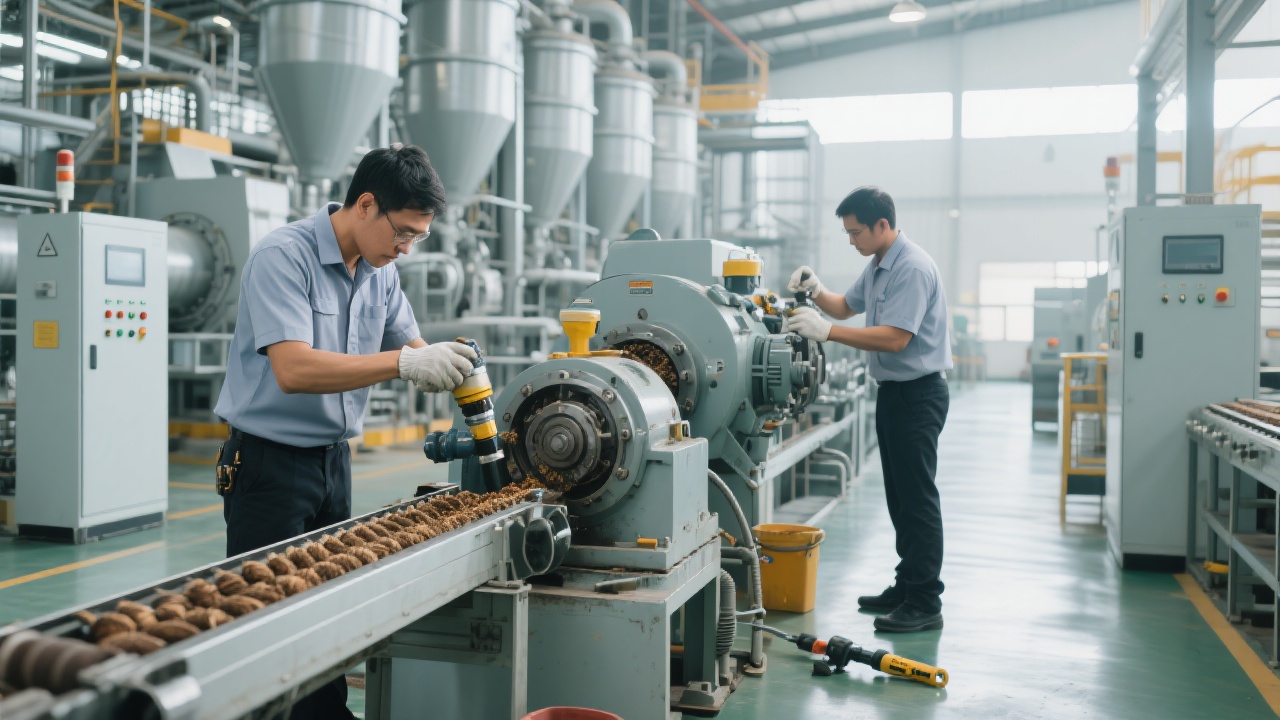
In the global vegetable oil industry, efficiency isn’t just a goal—it’s a competitive necessity. According to the International Oilseed Council (IOC), modern preprocessing systems can improve overall oil extraction rates by up to 4–7% compared to outdated setups. This translates directly into higher yields, reduced waste, and stronger margins for processors worldwide.
Preprocessing is often overlooked, but it's the foundation of high-efficiency oil extraction. Inconsistent cleaning, improper particle size, or poor dehydration before pressing leads to suboptimal press performance—resulting in lower oil recovery and increased energy consumption. For example, soybeans with moisture levels above 12% can cause blockages in roller mills and reduce throughput by as much as 15–20%.
| Step | Function | Efficiency Impact |
|---|---|---|
| Cleaning & Sorting | Removes stones, metal, dust, and foreign matter | Reduces machine wear by up to 30%, prevents downtime |
| Crushing & Flaking | Optimizes cell rupture for better oil release | Increases oil yield by 2–4% when flake thickness is < 0.3 mm |
| Dehulling (for peanuts, sesame) | Removes shells that hinder oil transfer | Improves oil purity and reduces free fatty acid content |
| Steaming & Conditioning | Controls moisture and temperature for optimal pressing | Enables consistent pre-press temperature at 65–75°C |
Not all seeds are created equal. Sunflower seeds require different crushing pressure than rapeseed due to their varying hardness and oil content. A one-size-fits-all approach fails here. For instance:
Advanced sensors, automated controls, and real-time feedback loops now allow for precise adjustment of each stage. At a facility in Brazil using Penguin Group’s integrated preprocessing line, oil yield rose from 18.2% to 20.7% within three months after retrofitting their old system. The key? Real-time moisture monitoring and adaptive roller gap control—features that prevent over-processing and maintain seed integrity.

While standardized modules ensure reliability and faster installation, customization addresses unique site conditions like ambient humidity, local water quality, or specific oil grade requirements. Penguin Group offers both: standard lines for small-to-mid scale operations (2–10 tons/hour) and fully customized solutions for large-scale plants (>20 tons/hour).
A case study from a Malaysian palm kernel processor shows how switching to an optimized prepress system boosted output by 12% while reducing labor input by 25%. Their main challenge? High variability in raw material quality. Our solution: a multi-stage cleaning and conditioning module that maintained consistent feed properties—even with fluctuating incoming batches.
Ready to boost your oil yield and reduce operational costs? Let us help you design a preprocessing strategy tailored to your oilseed type, capacity, and production goals.
Get Your Free Process Optimization Audit Today

